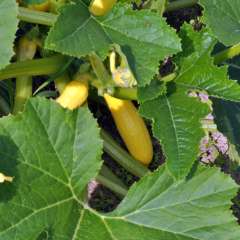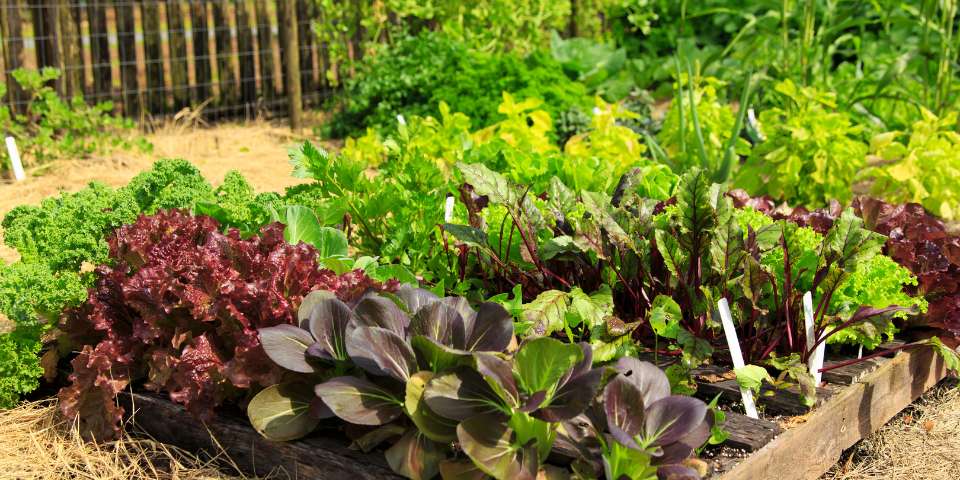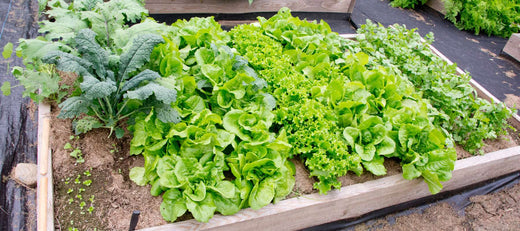I don’t know about everyone else, but April is the month when “Spring Fever” sets in for me. I cannot wait to be outside in the sunshine putting happy little seeds and plants into the dirt. This year my fever was amplified by my attendance at the recent Garden Day full of seminars by Master Gardeners presented by my local Cooperative Extension.
If you are not familiar with your local Cooperative Extension, you should be! The Cooperative Extension is a division of the USDA National Institute of Food and Agriculture. They provide a bounty of free resources to help local farmers and home gardeners grow successfully. My local extension has a hotline manned by Master Gardeners who will answer just about any gardening question you can come up with. They will also do comprehensive soil and water tests and have regular educational events and plant sales. Especially if you are just getting started on your gardening adventurers, take advantage of their resources.
Speaking of getting started, let’s look at what you can be starting in your garden in April. In many zones, April is when you want to plant your cool-weather vegetables. For a specific list and start dates for crops based on your zone, you can try our new Seed Planting Calendar Tool. Enter your zip code and learn when you can start seeds indoors and transplant them outside.
10 Veggies You Can Plant In April (Zones 3-10)
- Carrots. Carrot seeds should be sown in loose soil, free from rocks, and provided with consistent moisture. We have the most success by covering the rows of seeds with garden fabric until they get started.
- Cabbage. Cabbage can take up a lot of space. Once your seeds have germinated, thin them to about 1 foot apart. Cabbage also likes rich soil, so it is a good idea to fertilize your cabbage plants once the heads start to form.
- Celery. Celery will germinate in cooler conditions and its soil should be kept evenly moist. Space plants about 6 to 8 inches apart. In the heat of summer, you may need to provide some shade for your celery for it to really thrive.
- Collards and Kale. Both collard greens and kale can handle a little frost, so they work well as an early spring crop. Harvest the outer leaves as they become ready and you will have cut-and-come-again nutrition all throughout the season.
- Radish. Radishes are one of the easiest crops to grow, and you’ll be able to harvest in about 30 days. Plant seeds every two weeks for a succession of harvests.
- Lettuce. Lettuce will bolt (go to seed) very quickly in hot weather, so early spring is the ideal time for planting. Like radishes, plant in succession for an extended harvest.
- Peas. Plant peas directly in the ground, about an inch deep and spaced an inch apart. Provide a trellis for support because peas need to climb.
-
Summer Squash & Zucchini. To taste that classic summer flavor of squash and zucchini, get your seeds started in April. Consult your seed packet for the proper plant spacing.

- Asparagus. Asparagus is an investment in the future. If you start from seed, it may take up to 3 years before you get a substantial harvest. Once established, it can be productive for up to 20 years.
- Beets. There are many sizes, colors, and shapes of beets with the benefit being that the entire plant is edible. The greens are tasty and nutritious and the roots are healthy and sweet. Plant seeds about 1/2 an inch deep and thin to about 4 inches apart.
April is also a good time to plant herbs that do better in cooler weather like cilantro, fennel, chives, and parsley. The weather can still be very changeable in April, so pay attention and be prepared to cover your delicate plants in case of an unexpected frost.
This month marks the real beginning of the growing season for many. Whether this is your first try or you are a veteran gardener, gardening is always an experiment. Take advantage of local educational resources and try new things. Keep a record of what works and what doesn’t for future seasons. With practice and patience, you will be tasting success in no time!
Written by: Jennifer C., Zone 6b, New York

























